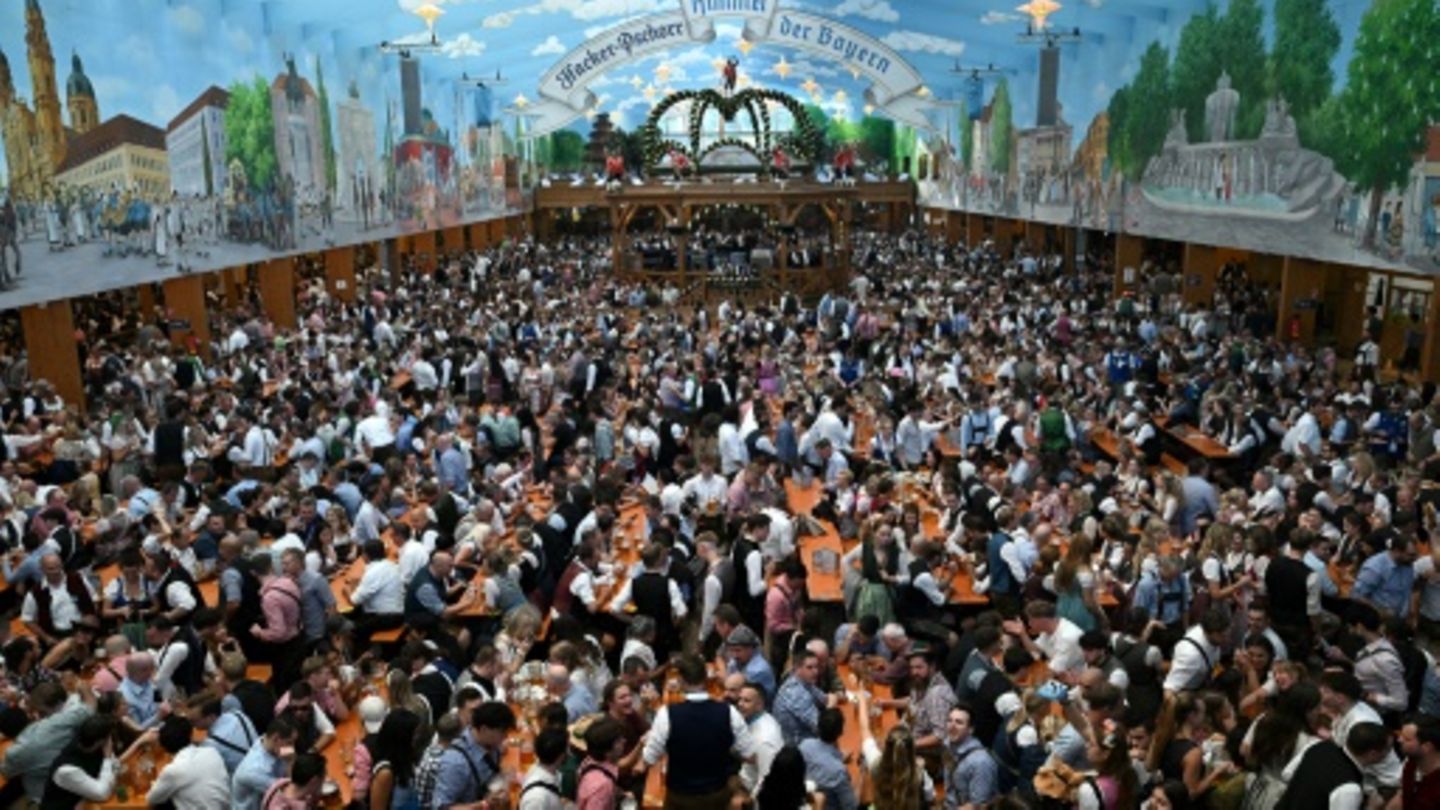Old half-timbered house in the small Franconian town of Bottenheim near Bamberg, low ceilings, creaking wooden floor. This salon has a lot to do with one of the most famous pieces of clothing in the world. Levi Strauss, the man who filed a patent for programmed work pants in the United States 150 years ago, was born here. From the son of a poor Jewish itinerant merchant from Upper Franconia to a successful businessman in the United States – it’s always a fascinating story.
It begins in the living room at Bottenheim. As members of a rural Jewish community, the Strauss family did not have an easy life, and they did not have any professional opportunities. Many Jews immigrated to the United States at that time. So did the older siblings of Levi Strauss, who was still called Loeb at the time. The mother and younger siblings followed later. They arrived in the United States in 1848—“from quiet Bottenheim” to the hustle and bustle of New York, says Tanya Ruebelt, director of the Levi-Strauss Museum of Bottenheim.
It all started with a patent for rivet pants
The family successfully ran a wholesale textile business there. When news of gold discoveries increased in the western United States, Levy went to San Francisco to set up a branch there. On May 20, 150 years ago, Strauss and tailor Jacob Davis filed a patent for riveted trousers, and the iconic Levi’s brand was born.

Not much is known about Levi Strauss, the man behind the success story. Because in 1906, during a strong earthquake in San Francisco, the company’s buildings and many documents were destroyed. “That’s why we don’t know much about him,” says Robellet. He was fair and gave a lot of money to charity. Above all, education was important to him. Until then, half of the scholarships he donated went to women.
“It is no longer possible to stop the victory march”
On the other hand, we know very well what happened next with blue jeans, since today they are in every wardrobe – even children wear them, and teenagers anyway. In offices or authorities, jeans are now part of the accepted dress code. And when the heirs to the British throne, William and Kate, appear casually in jeans on official photos, this is discussed, but seen as more likable than the royal break in style. Fashion magazines write regularly about whether the waistband should be set too low during the season or whether the leg should be cut comfortably (“extra wide leg”).
At some point, work trousers also became a popular item of clothing outside of gold mining towns. In the 1930s, Vogue introduced the first women’s jeans. “Then the victory can no longer be stopped,” says Robellet. “Timeless” are jeans. Styles in fashion changed quickly. But the jeans remain.
“The stuff fashion dreams are made of”
This is the view of the German Fashion Association: “Jeans have been and always will be the things fashion dreams are made of,” says spokeswoman Tanja Cronen. “Jeans in all their shapes, cuts, and styles haven’t gone out of style since they were invented and patented in 1873.” Denim fabrics can be found in the assortment of almost every manufacturer and are “loved and bought” by customers. Denim is a perennial favorite among materials and is in demand and produced all over the world.
Carl Tielsen of the German Fashion Institute (DMI) notes that the importance of jeans is once again on the rise. Although recently the theme of jeans has become somewhat boring, and people have chosen more classic cuts, now the 90s are celebrating a comeback – and jeans are the material from which “everything imaginable” is made: “dresses, long pants, a skirt, a coat” . Ablution should be more intense. And an entire outfit made of jeans? Totally hip now, whereas a while ago only part of the outfit was supposed to be made of denim. According to Tilsen, designer Glenn Martens (Diesel, Y/Project) is currently “the global source of inspiration for innovations in the denim sector.”
An “incredible amount” of used jeans
Denim also plays an important role in discussions about sustainability and recycling. No other product contains such a large amount of reusable homogeneous material. There is an “incredible amount” of used jeans that can be cut up and repurposed.
Back to Bottenheim, where a museum dedicated to Levi Strauss and the brand’s jeans has been set up around the low-ceilinged parlors. You can even get married in a civil ceremony at the Levi Strauss Museum, says Tanya Ruebelt: “Some couples wear jeans.”
By Catherine Zelman/DPA

“Tv expert. Hardcore creator. Extreme music fan. Lifelong twitter geek. Certified travel enthusiast. Baconaholic. Pop culture nerd. Reader. Freelance student.”







More Stories
America's battle against inflation may soon end in recession
Current Legal Situation – Former CS Chiefs Are Allowed to Retain Bonuses – News
Experts say the US Federal Reserve must now push the economy into recession